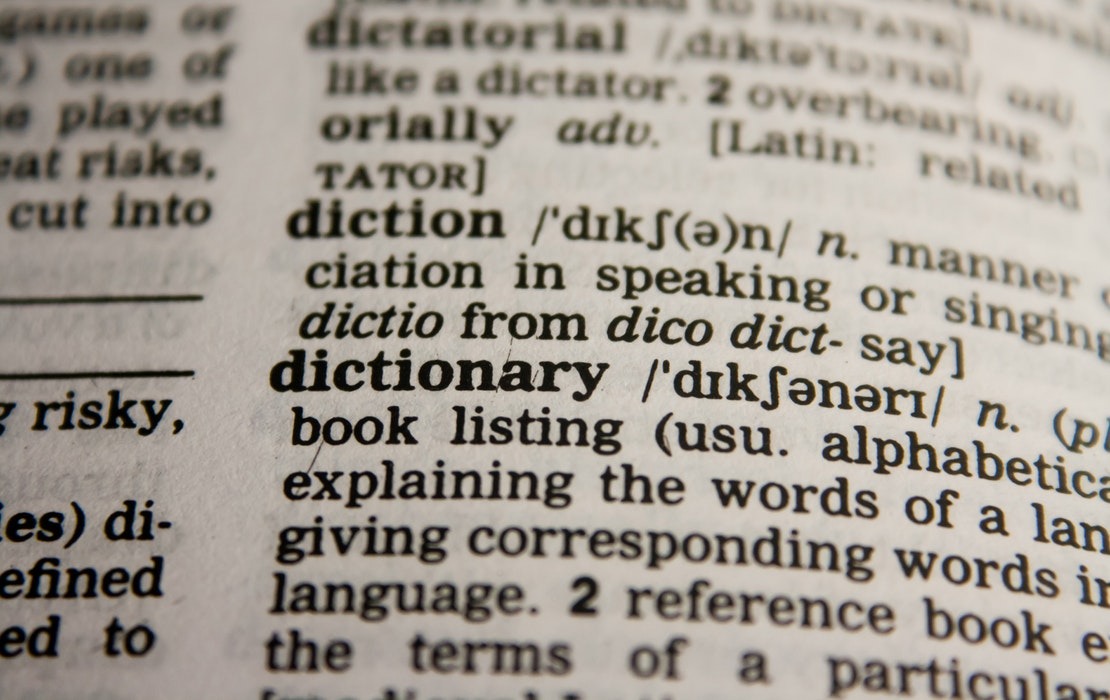Filler text, or fluff, can kill any piece of writing. ‘Fluffing up’ text is the act of inserting words and phrases for the sake of it. For effective, engaging content, each sentence should have purpose and meaning. Press release language, for example, relies on short, sharp messages, and facts that are easy to spot. Padding a press release with filler will go down poorly with news agencies and journalists.
Therefore, it’s good practice to know what to avoid. Here are five examples of filler and fluff your press releases should avert at all costs.
1. Your Opinions Have No Place in Press Release Writing
Unless you’re quoting someone, stick to the facts. Quotes are great for showing how the people involved with a news story feel. Other than that, they get in the way. The purpose of press release language is to deliver news, why it’s important, and what happens next.
These are going to be the only things a journalist or reader will be looking for. If they want more quotes, don’t worry – they will ask you for them.
2. Conversational Asides
Press release language can seem cold to some people. However, it’s a stylistic necessity. Going off-script with a conversational footnote is going to dampen the effect. What’s more, this type of language works best in sales copy.
Conversational press release writing can include going into complex or even hypothetical scenarios. Don’t make suggestions or wax lyrical. Just explain what people need to know, and don’t worry about how you come across.

3. Unnecessarily Long Sentences
Press release readers don’t have time for lengthy, word-filled asides. If there are words in your release that have no purpose being there, remove them. Short sentences are key when delivering information.
Sometimes, longer sentences are required. For example, some quotes are quite extensive. You need to work out whether there is a need for length. If you can do without extra words or fluffy phrasing, so can your readers.
4. Passive Voice
Shortening your sentences should also include writing in the active voice, as opposed to the passive voice. Look at the difference between these sentences:
- The author wrote a book.
- The author’s book had been written.
The active sentence is shorter and more direct. The passive sentence takes longer to read and will quickly clog press release writing.
5. Repeating the Facts
The purpose of a press release is to sell your news story. However, it’s easy to over-sell yourself. A press release will easily bog down in repetition if you don’t pay attention. It is another scenario where you need to think less about the word count, and more about the power of the message.
You should never need to repeat yourself. Try and introduce a new idea or concept in every sentence, bringing value to the reader’s time.
Press Release Language Simplified
Writing a fantastic press release takes practice. Why not hire a professional writer to help you with press release language? Alternatively, read more of our guides on press release writing and creative copy in our resources and blog posts.



